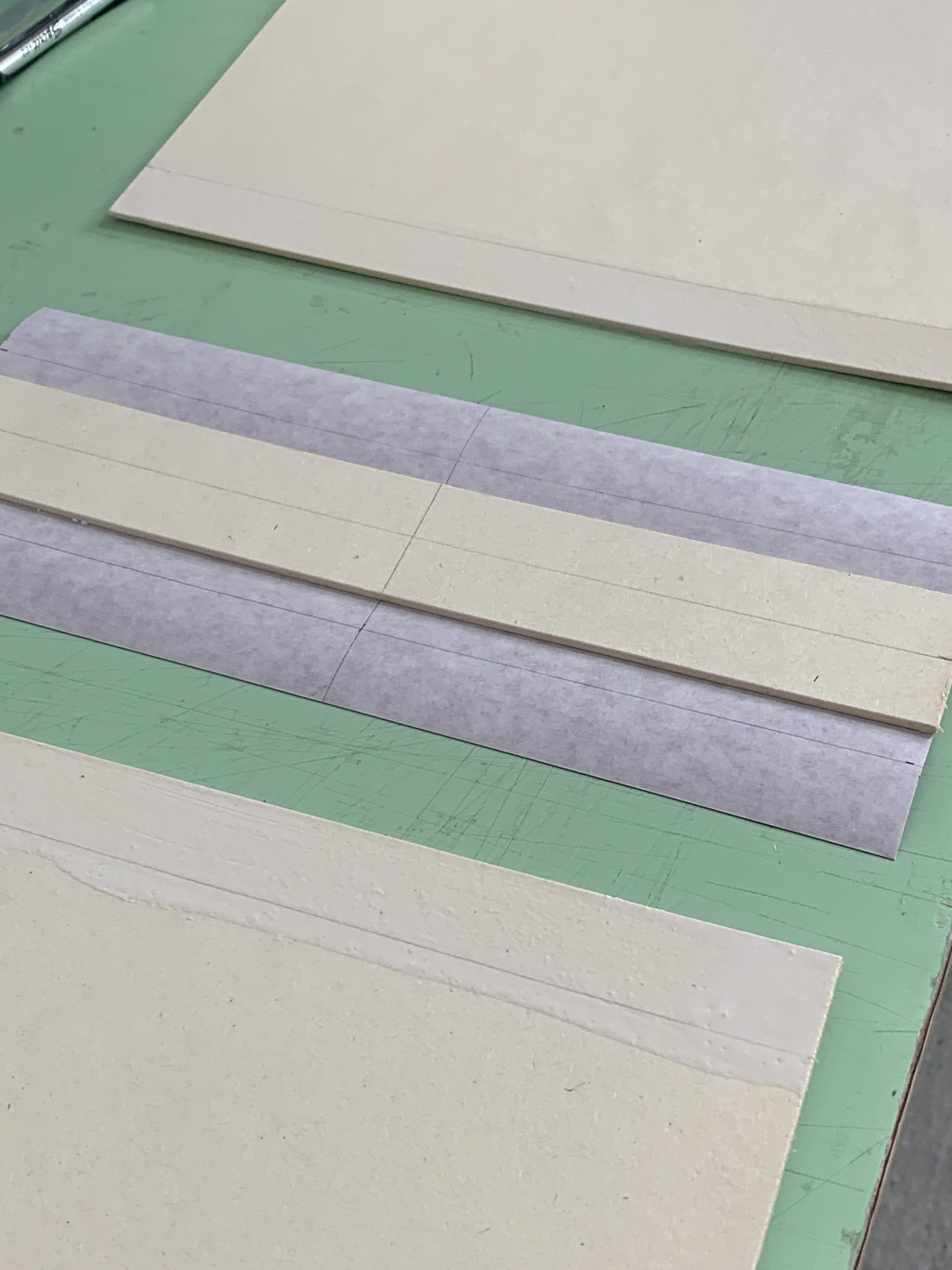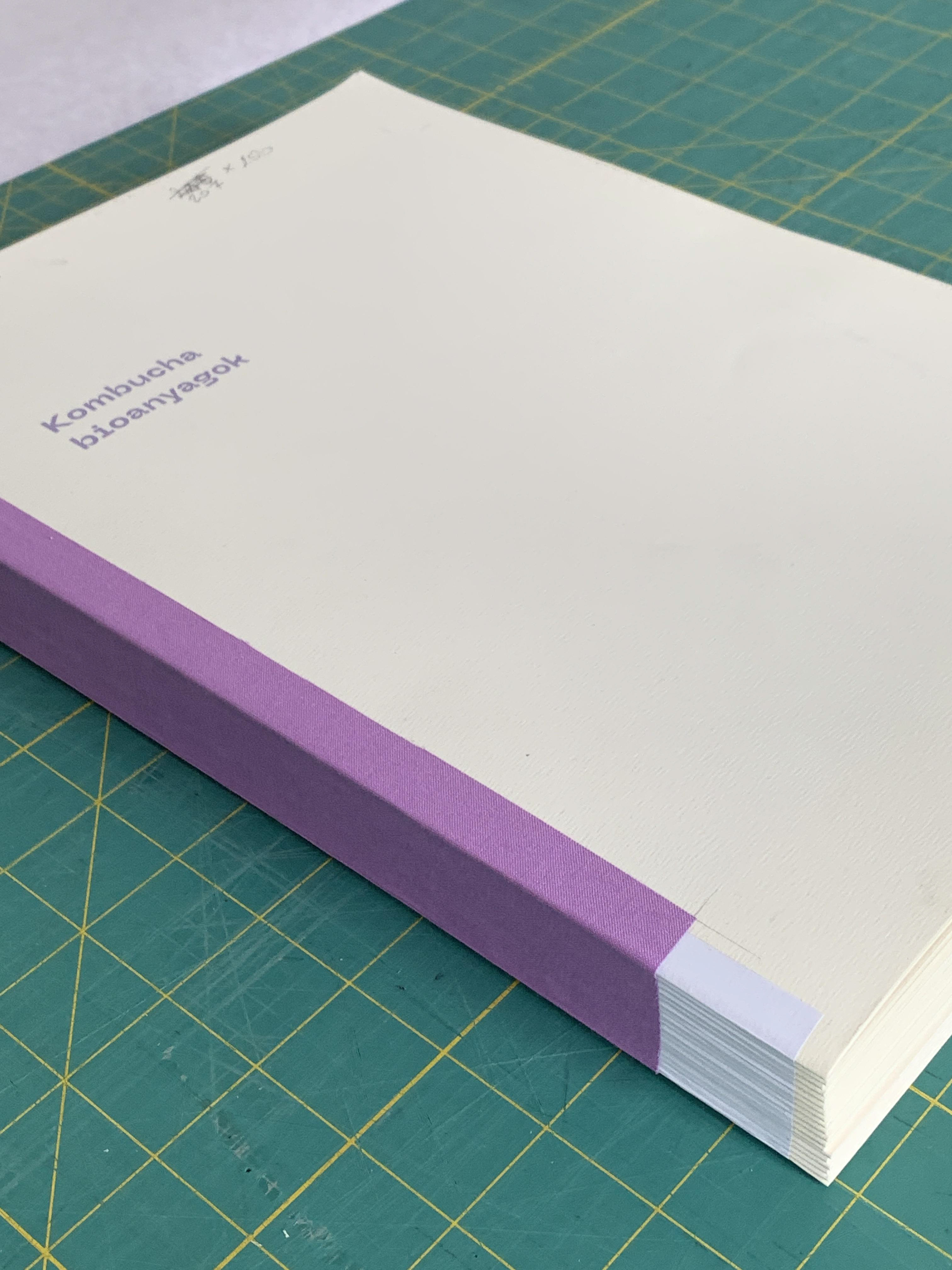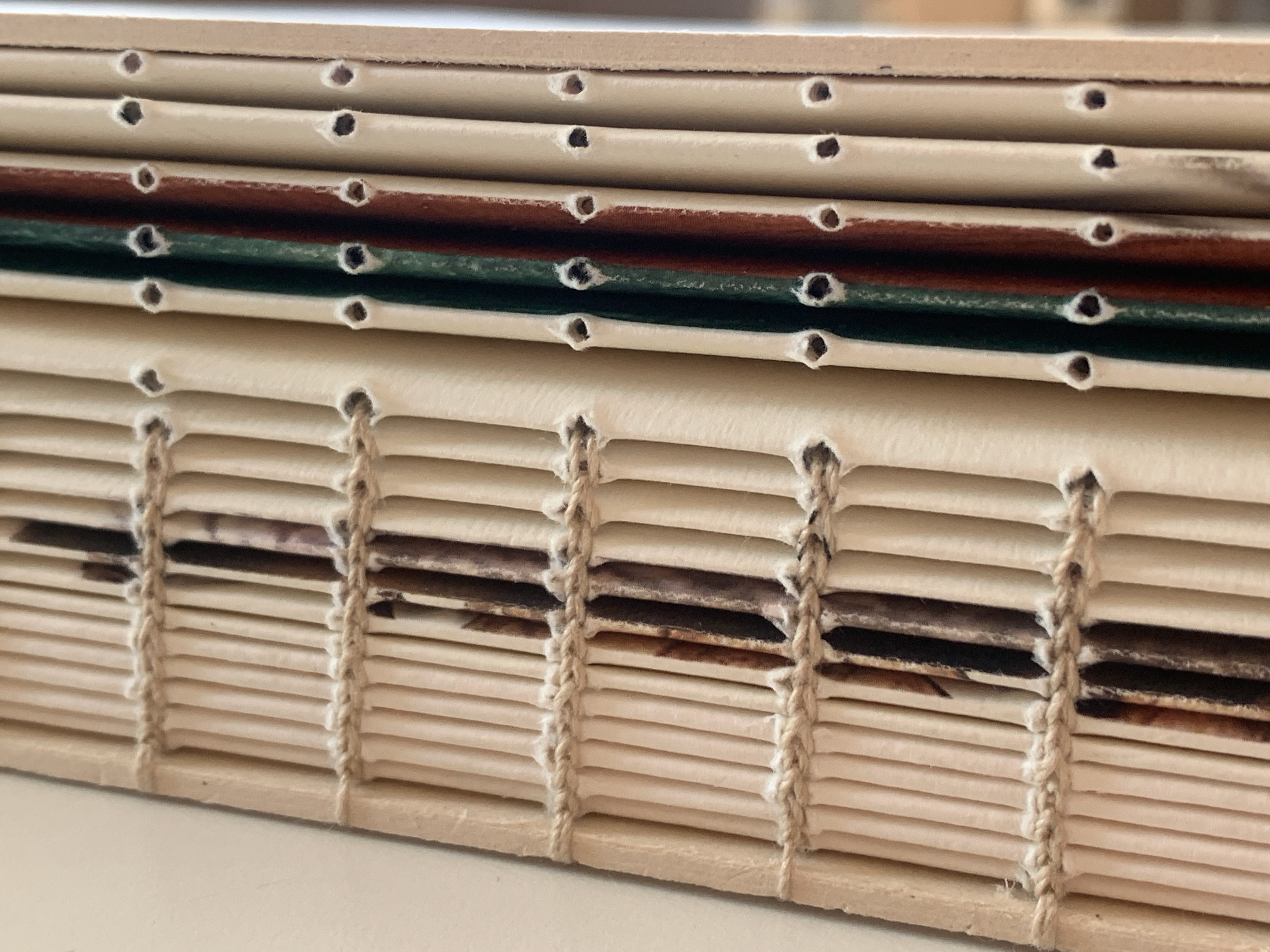Beyond the Surface:
Exploring Kombucha-Based Biomaterials in Bioart
– Diploma Project, 2024
– Diploma Project, 2024
In my diploma project, I set out to explore the artistic potential and significance of kombucha-based biomaterials. Through a publication and a series of fine art experiments, my aim was to present this topic in a way that resonates with both lay audiences and those familiar with the world of bioart—without claiming to be exhaustive, but with genuine curiosity and conceptual depth.
Bioart, as a discipline, is layered and complex. My publication introduces readers to the evolving dialogue between science and art, illustrating how these fields can overlap, challenge, and inspire one another. One of my key intentions was to shed light on this rapidly developing, often provocative genre, and to offer an accessible entry point for those interested in understanding it more deeply.
The book details the process of making kombucha tea, from brewing and sugar infusion to fermentation control. It also outlines the basic steps of SCOBY (Symbiotic Culture of Bacteria and Yeast) processing and post-production techniques, enriched with a variety of illustrations.
The human-nature relationship is timeless, foundational to many belief systems, and continuously reinterpreted. In the 21st century, this connection has become reciprocal: we no longer only adapt to nature, we actively shape it. Like communication, where even silence conveys meaning, our impact on nature—intentional or not—speaks volumes. Through this work, I sought a deeper understanding of kombucha fermentation, focusing on the role of the SCOBY, and to engage viewers and readers curious about the scientific and artistic dimensions of this living material.



My experiments involved combining the kombucha biofilm with natural ingredients such as orange peel, eggshells, natural dyes, plant matter (leaves, stems), and in some cases, materials like cotton wool, straw, and agar-agar—essential in crafting artificial wood-like textures.
This diploma project evolved into a multi-faceted exploration—one that continues to grow. The biomaterials are still developing, and I remain committed to discovering new artistic applications for them. Beyond experimentation, I emphasize the importance of ongoing collaboration, which I consider a cornerstone of bioart. My focus also lies in tracking shifts in meaning and embracing the complexity of these artworks.
By treating the material as a creative partner and exploring its expressive potential with sensitivity and intention, I believe we can uncover vast, untapped territories—even if the medium itself has been known in bioart for over 30 years.
For the sculptural pieces, I often used driftwood, dried branches, and even entire bushes.
